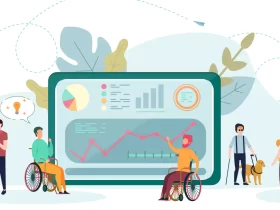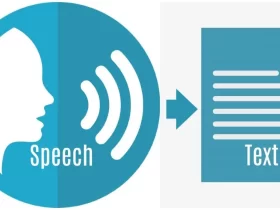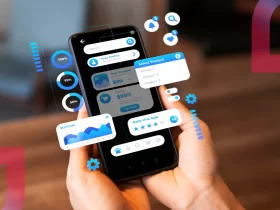You have a killer idea for new software and prepared to make it happen. It is a big project and you need to first figure out how to build it.
Software development engagement models are like the blueprints of your project that highlights on how you and your development team will work together.
Basically, it is like choosing the right team for your sports fantasy – you want players who are skilled, fits in your budget, and play well together.
You will also need to choose the right engagement model. It depends on a lot of factors, including:
- Project size
- Budget
- Timeline
- Desired control level
Don’t forget to investigate your team wisely – you need the right skills and experience to complete your dream project.
For instance, if you are building a super interactive mobile app, you will want a crew that got skills working with Kotlin codes.
Companies like DAC.Digital may be a good fit because they specialize in Kotlin services. They speak the language and know how to make your software sing!
There are lots of different ways to team up a software developer team. Let’s break down the most common ways:
Fixed price model
Think of fixed price model like ordering a cake. You tell the bakery what you want, they give you a price, and you agree on a delivery date.
This model is great for projects with clear requirements and a fixed budget. But if you change your mind halfway through, it could get pricey.
Time & materials model
This is more like hiring a handyman. You pay them by the hour or by the materials they use. It is flexible, but it can also be risky if you don’t keep a close eye on the costs.
Dedicated development centre
If you need a dedicated team to work exclusively on your project, choose this model. It is like having your personal in-house team, but without the overhead. This model is perfect for long-term projects or when you need a high level of control.
Staff augmentation model
This is like bringing in supports for your team. You hire developers to supplement your in-house talent. It is a good option if you need specific skills or if your project is short-term.
Managed services model
This is like outsourcing your entire IT department. The pros take care of everything from setting up computers to actually building the software. It is perfect if you want to focus on running your business without the tech headaches.
Communication is crucial! No matter how you decide to build your software, make sure to discuss things clear, check in regularly, and set clear expectations.
Remember, building software with a team needs collaboration – you need to trust one another and even have fun while working!

Why Kotlin?
- Designed to be concise and readable , which enhances code maintainability and reduces the possibilities of error. This means quick development time and lower costs.
- Fully operable with Java, so you can use it without rewriting your entire codebase. It means a low-risk option for businesses.
- Offers strong support and the language helps developers write efficient and reliable software.
- The active community of developers are large, so you gain access to ample resources, libraries and support.
Combine the benefits of outsourcing software development with the power of Kotlin. It is a formula to get high-quality software efficiently and cost-effectively.






